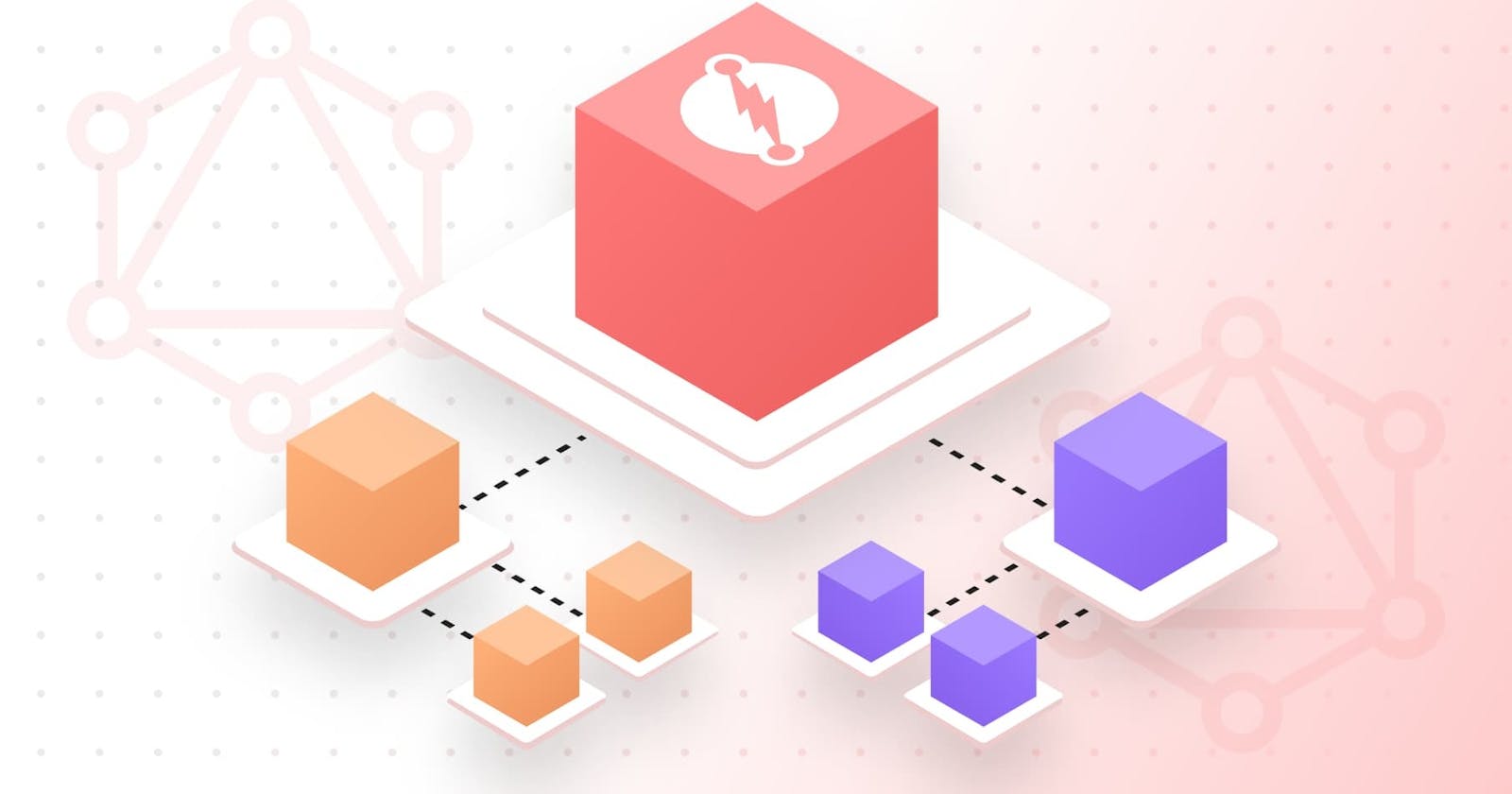Understanding Data Sharding: Strategies for Scalable Data Management
In the realm of distributed databases and large-scale applications, data sharding has emerged as a crucial technique for managing and scaling databases efficiently. By partitioning data across multiple nodes or shards, data sharding enables horizontal scalability, improved performance, and fault tolerance. Let's delve into what data sharding is, its strategies, benefits, and considerations.
What is Data Sharding?
Data sharding, also known as horizontal partitioning, is a technique used to distribute data across multiple database instances or nodes. Instead of storing all data on a single server, data is divided into smaller subsets or shards based on a predefined partitioning strategy. Each shard is then stored and managed independently, allowing for parallel processing and improved scalability.
Strategies for Data Sharding
Data sharding can be implemented using various partitioning strategies, each suited for different use cases and requirements:
Key-Based Sharding: Data is partitioned based on a specific key or attribute, such as a user ID, geographic location, or category. Each shard is responsible for a range of key values, ensuring that related data is stored together.
Range-Based Sharding: Data is partitioned based on ranges of key values, such as numerical ranges or alphabetical ranges. Each shard is responsible for a specific range of key values, allowing for efficient range queries and data distribution.
Hash-Based Sharding: Data is partitioned based on the hash value of a key or attribute. A hash function is applied to the key, and the resulting hash value determines which shard the data belongs to. Hash-based sharding evenly distributes data across shards, ensuring a balanced workload.
Directory-Based Sharding: Data is partitioned based on a directory or lookup table that maps keys to shard locations. Each key is associated with a specific shard, allowing for efficient routing and retrieval of data.
Benefits of Data Sharding
Data sharding offers several benefits that make it an attractive solution for scaling and managing large datasets:
Scalability: Data sharding enables horizontal scalability by distributing data across multiple nodes or shards. As the dataset grows, additional shards can be added to accommodate increased load or storage requirements.
Performance: By distributing data and workload across multiple shards, data sharding improves performance by allowing for parallel processing and reduced contention. Queries can be executed in parallel, leading to faster response times and improved throughput.
Fault Tolerance: Data sharding enhances fault tolerance by replicating data across multiple shards or nodes. In the event of a shard failure, data can be retrieved from replicas stored on other shards, ensuring data availability and resilience.
Isolation and Security: Data sharding provides isolation between different shards, allowing for fine-grained access control and security policies. Each shard can be secured independently, reducing the risk of unauthorized access or data breaches.
Considerations for Data Sharding
While data sharding offers significant benefits, it also presents some challenges and considerations:
Complexity: Implementing and managing a sharded database can be complex, requiring careful planning, monitoring, and maintenance.
Data Distribution: Choosing the right partitioning strategy and distribution key is crucial for ensuring balanced data distribution and efficient query performance.
Data Consistency: Maintaining data consistency across multiple shards can be challenging, especially in distributed environments. Strategies such as eventual consistency or distributed transactions may be required to ensure data integrity.
Migration and Resharding: As the dataset evolves, migrating data between shards or resharding the database may be necessary to accommodate changing requirements. This process can be time-consuming and resource-intensive.
Conclusion
Data sharding is a powerful technique for scaling and managing large datasets in distributed environments. By partitioning data across multiple shards, data sharding enables horizontal scalability, improved performance, and fault tolerance. However, implementing and managing a sharded database requires careful planning, consideration of partitioning strategies, and ongoing monitoring and maintenance. With the right approach and tools, data sharding can help organizations effectively manage and scale their data infrastructure to meet the demands of modern applications and workloads.
